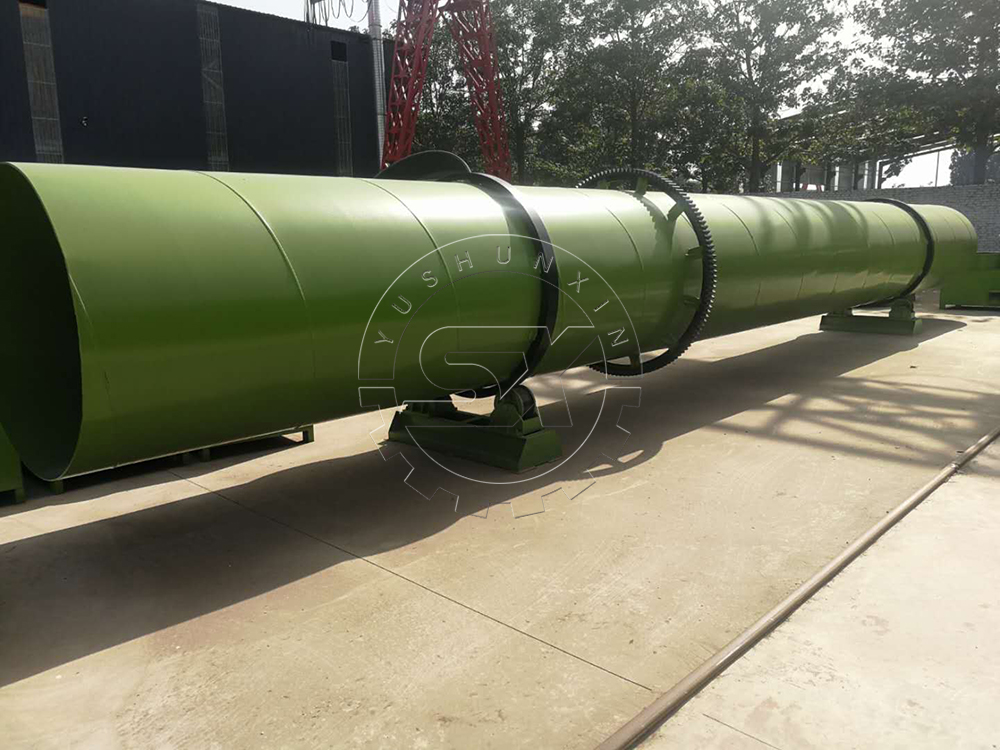fertilizer dewawtering
Fertilizer dewatering is a process that involves removing excess water from fertilizer before it is applied to crops. This technique has become increasingly important in recent years, as farmers have realized the importance of conserving water and reducing fertilizer runoff. In this article, we will explore the benefits of fertilizer dewatering and the different methods used to achieve it.

poultry manure dryer
The Benefits of Fertilizer Dewatering
Fertilizer runoff is a major problem in agriculture, as it can contaminate waterways and harm aquatic ecosystems. When fertilizer is applied to soil, it can easily dissolve in water and be carried away by rain or irrigation. This can result in the loss of valuable nutrients, as well as the contamination of nearby water sources.
By dewatering fertilizer before it is applied, farmers can reduce the risk of fertilizer runoff and ensure that nutrients are delivered directly to crops. This not only helps to conserve water, but also improves the efficiency of fertilizer use and reduces the risk of environmental damage.
Methods of Fertilizer Dewatering
There are several different methods that can be used to dewater fertilizer, each with its own advantages and disadvantages. Some of the most common methods include:
- Centrifugation
Centrifugation is a process that involves spinning fertilizer in a centrifuge to separate solids from liquids. This method is particularly effective for dewatering slurry fertilizers, which have a high water content. Centrifugation can remove up to 80% of the water from fertilizer, leaving a dry, solid product that is easy to handle and transport.
- Evaporation
Evaporation is another method of dewatering fertilizer that involves heating the fertilizer to remove excess water. This method is particularly useful for dry fertilizers, which can be heated without damaging the nutrients. Evaporation can remove up to 90% of the water from fertilizer, leaving a concentrated product that is easy to store and apply.
- Filtration
Filtration is a process that involves passing fertilizer through a filter to remove excess water. This method is particularly useful for liquid fertilizers, which can be filtered using a membrane or other type of filter. Filtration can remove up to 90% of the water from fertilizer, leaving a concentrated product that is easy to apply.
Choosing the Right Method
The method of fertilizer dewatering that is most suitable will depend on a number of factors, including the type of fertilizer, the amount of water that needs to be removed, and the equipment available. Farmers should also consider the cost of each method, as well as the environmental impact.
In general, centrifugation is a good choice for dewatering slurry fertilizers, while evaporation is best for dry fertilizers. Filtration can be used for both liquid and solid fertilizers, but may be more expensive than other methods.
Conclusion
Fertilizer dewatering is an important process that can help to conserve water, reduce fertilizer runoff, and improve the efficiency of fertilizer use. By choosing the right method of dewatering, farmers can ensure that nutrients are delivered directly to crops, while minimizing the risk of environmental damage. With the increasing focus on sustainable agriculture, fertilizer dewatering is likely to become even more important in the years to come.
You can check this page for more about !